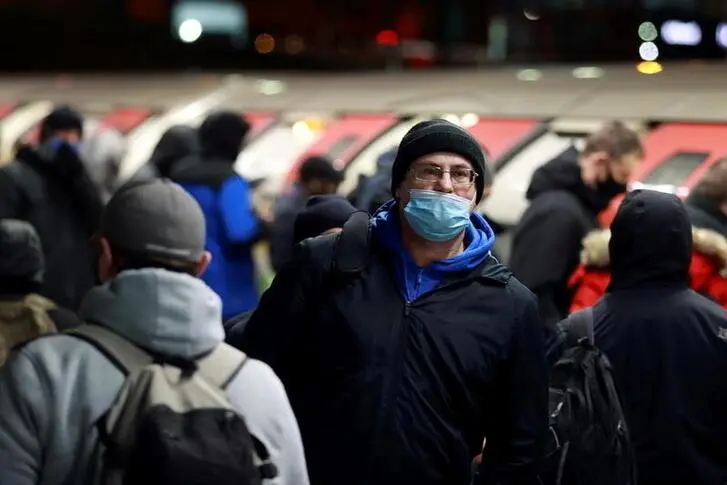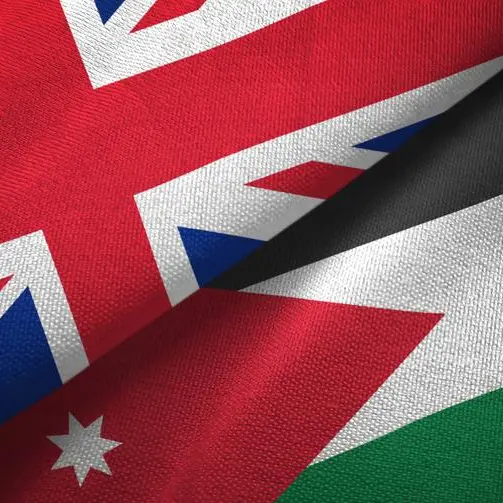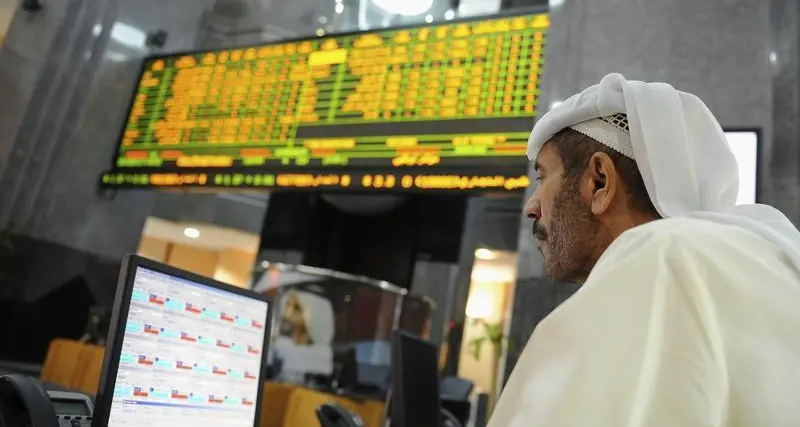PHOTO
LONDON - Britain's unemployment rate unexpectedly fell again to 4.8% between January and March, a period which the country spent under a tight COVID lockdown, and hiring rose further in April, data showed on Tuesday.
Economists polled by Reuters had mostly expected the unemployment rate to hold at 4.9%.
The data added to signs that Britain's labour market has not suffered the severe hit feared at the onset of the coronavirus pandemic, in large part due to the government's huge jobs subsidy programme.
The number of people in employment jumped by 84,000 in the first quarter of 2021, the first increase since the coronavirus crisis began and a stronger increase than the median forecast of a 50,000 rise in the poll. Those classed as unemployed fell by 121,000.
However, the inactivity rate - measuring people who are not looking for work - rose and was a record high for men.
Separate data for April showed a further improvement in the labour market with the number of employees on company payrolls in Britain increasing by 97,000 from March as companies adjusted to the lifting of coronavirus restrictions.
That narrowed the drop in people on payrolls compared with February 2020, before the pandemic struck Britain, to 772,000, the Office for National Statistics said.
The data chimed with data suggesting a pick-up in hiring as Britain's economy emerges from its third coronavirus lockdown on the back of swift progress with the country's COVID vaccination programme.
"With many businesses reopening, the recent recovery in job vacancies continued into April, especially in sectors such as hospitality and entertainment," Darren Morgan, the ONS' director of economic statistics, said.
However, there are signs that employers will struggle to fill vacancies with many foreign workers no longer in the country after the on-off closing and reopening of many firms over the past year, and as a result of Brexit.
Britain's headline measure of pay growth rose less strongly in the three months to March with total pay, including bonuses, up by 4.0% in annual terms, slowing from 4.5% in the three months to February.
The ONS said total pay growth, adjusted for a drop in the number of lower-paid and part-time jobs which have been hit hard by the pandemic, stood at 2.5%.
(Reporting by William Schomberg and David Milliken) ((william.schomberg@thomsonreuters.com; +44 207 542 7778; Reuters Messaging: william.schomberg.reuters.com@reuters.net))












